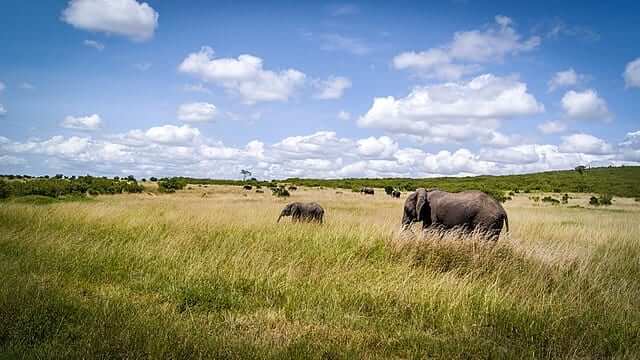According to WWF’s Living Planet Report 2020, global populations of mammals, birds, amphibians, reptiles and fish have suffered an average two-thirds’ decline in less than half a century. This has contributed to environmental degradation, leading to the emergence of zoonotic diseases such as Covid-19.

The Living Planet Index (LPI) shows that factors believed to increase the planet’s vulnerability to pandemics include land-use change and the use and trade of wildlife. These were also some of the drivers behind the 68 per cent average decline in global vertebrate species population between 1970 and 2016.
“The Living Planet Report, 2020 underlines how humanity’s increasing destruction of nature is having catastrophic impact not only on wildlife populations but also on human health and all aspects of our lives,” said Marco Lambertini, Director General, WWF International.
“We can’t ignore the evidence — the serious decline in wildlife species populations are an indicator that nature is unravelling and that our planet is flashing red-warning signs of system failure. From the fish in our oceans and rivers to bees which play a crucial role in our agricultural production, the decline of wildlife affects nutrition, food security and livelihoods of billions of people,” he added.
In the midst of a global pandemic, it is now more important than ever to take unprecedented and coordinated global action to halt and start to reverse the loss of biodiversity and wildlife populations across the globe by the end of the decade and protect our future health and livelihoods.
READ ALSO: How much can a koala bear?

The reort presents a comprehensive overview of the state of our natural world through the LPI which tracks trends in global wildlife abundance with contributions from more than 125 experts from around the world.
It shows that the main cause of the dramatic decline in species populations on land observed in the LPI is habitat loss and degradation, including deforestation driven by how we as a humanity produce food.
Based on a paper, bending the curve of terrestrial biodiversity needs an integrated strategy co-authored by WWF and more than 40 NGOs and academic institutions and published in ‘Nature’, the LPR, 2020 also includes pioneering modelling.
The modelling makes clear that stabilizing and reversing the loss of nature caused by humans’ destruction of natural habitats will only be possible if bolder, more ambitious conservation efforts are embraced and transformational changes made to the way we produce and consume food.
Changes needed include making food production and trade more efficient and ecologically sustainable, reducing waste and favouring healthier and more environment-friendly diets.

“The focus of Living Planet Report, 2020 is to reiterate a scientific case for the urgent action we need to protect and restore nature and biodiversity,” said Ravi Singh, Secretary General and CEO, WWF India.
“This year has seen catastrophic events across the country and the world — forest fires, cyclones, locust plagues and the Covid-19 pandemic. These events have shaken the world’s environmental conscience and forced us to rethink and reset our relationship with nature.”
For a megadiverse country like India which has been seeing a decline in forests, natural wetlands and marine biodiversity due to factors like urbanisation, land degradation, pollution and land use change, bolder conservation efforts are key to reversing the trend.
IANS
READ ALSO: WWF: 2019-20 bushfires killed, displaced nearly 3 billion animals



